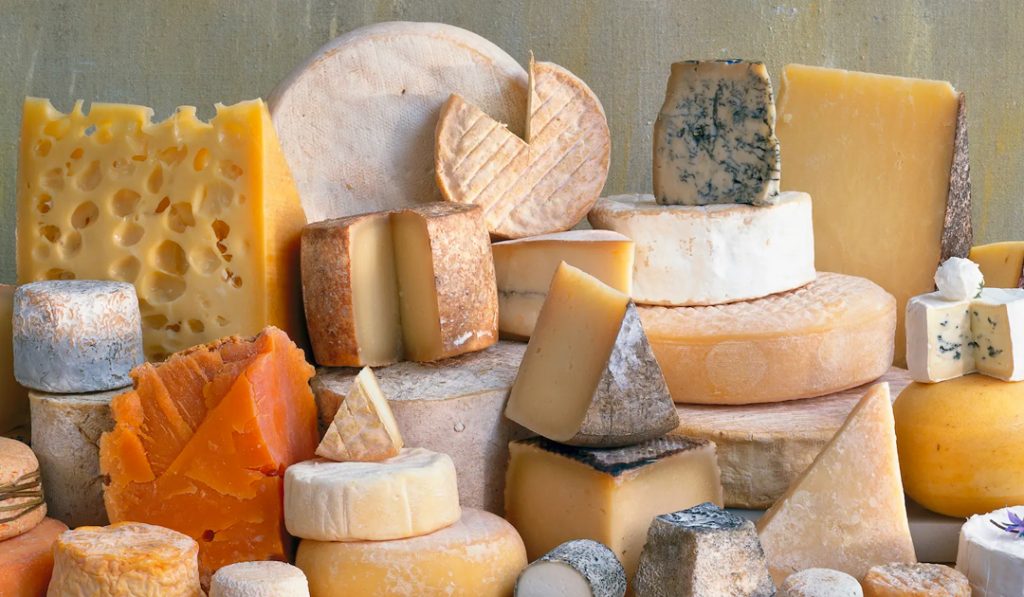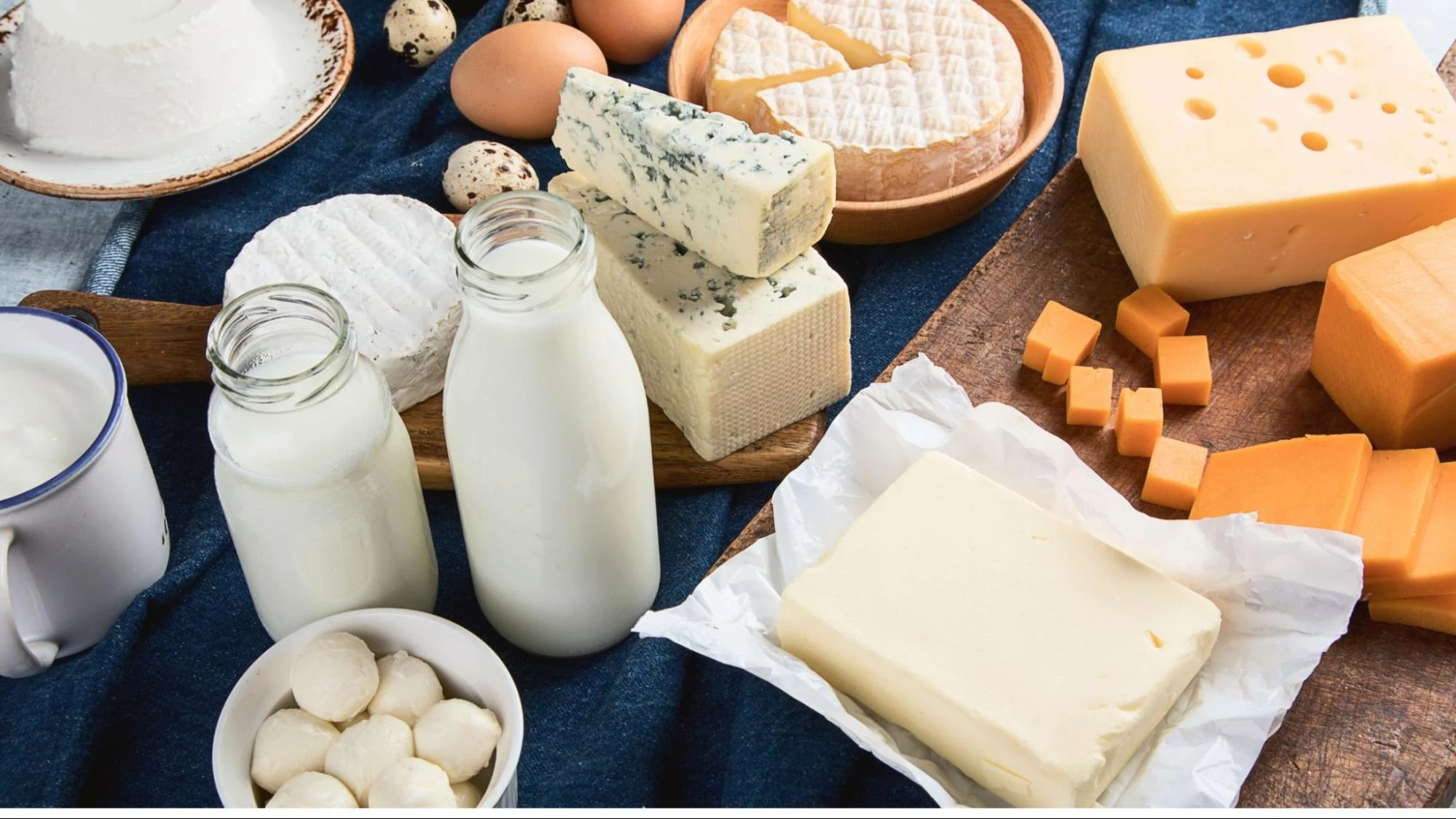Cheese is both tasty and healthy. You can eat just a small portion of cheese and get as many nutrients, minerals, and calcium as from a whole liter of milk. This fully explains the intuitive predilection of man for cheese since ancient times. According to one of the historical versions, people started making cheese about 7,000 years ago, when they tamed sheep and got the first opportunity to experiment with dairy products. How many varieties of cheese exist today, what unique properties this dairy product has, and how does it prolong life? Let’s turn to the known facts.
What do we know about cheese making?
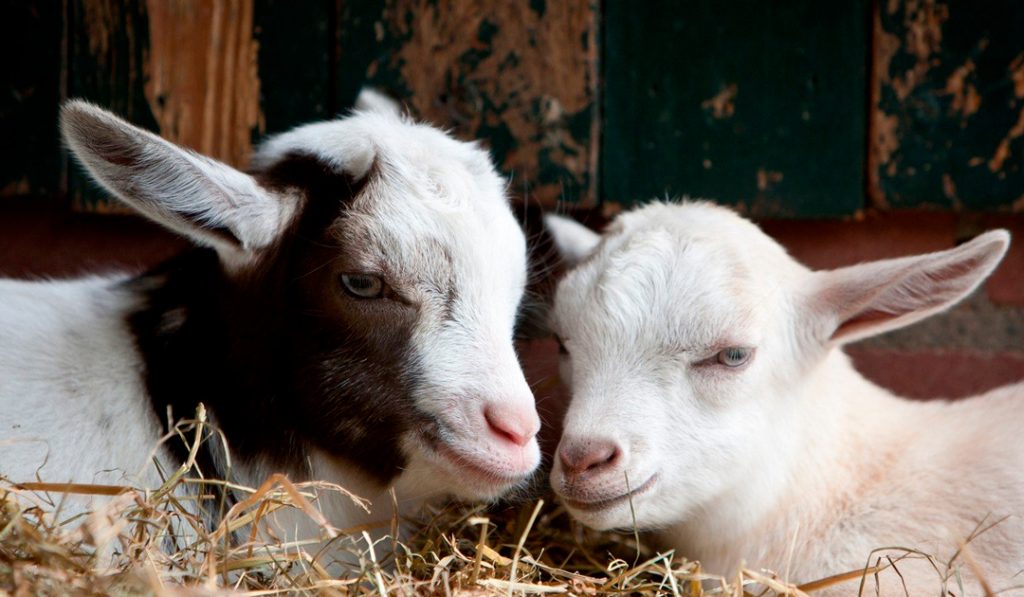
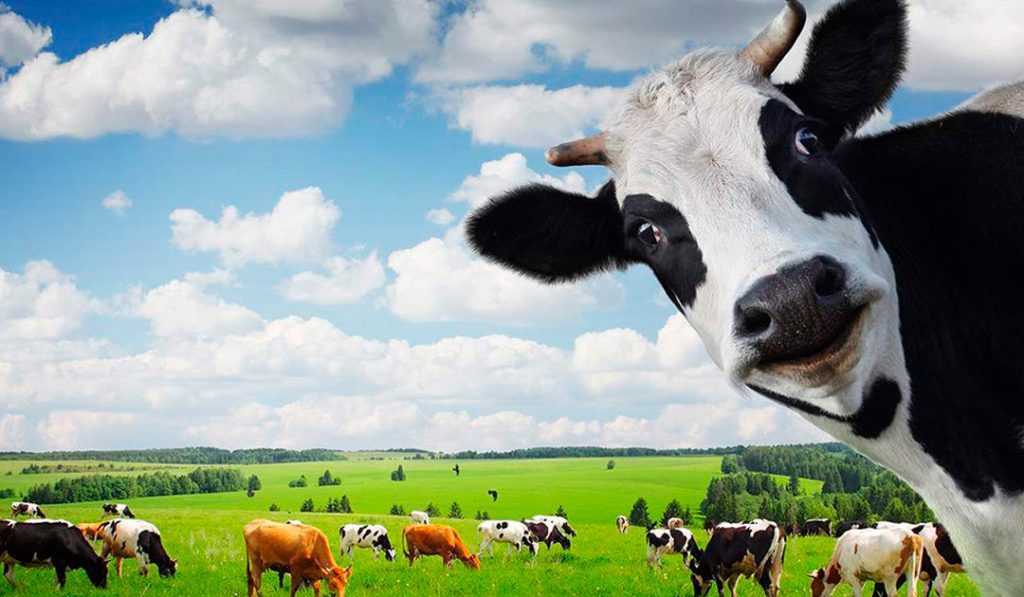
Cheeses are made from the milk of almost all animals: cows, goats, camels, and horses. On one of the European farms, cheese is made even from moose milk. But the most popular are, of course, cheeses based on cow’s and goat’s milk. Important criteria for the production of high-quality cheese are the type of raw materials and the recipe closest to the original. There are quality standards and special processing techniques established in countries that are considered the progenitors of certain types of cheese. For example, it is believed that Holland is the birthplace of authentic Gouda and Maasdam, while true Cheddar is produced in England. And although the world’s first cheese factory was established in Switzerland at the beginning of the 19th century, however, the mass production of cheese was established later – in 1851, in the United States. It is also interesting that, unlike some European countries, which mainly export their volumes of manufactured cheese to the foreign market, the US population consumes almost all the cheese produced by American enterprises.
MAIN CATEGORIES OF CHEESE
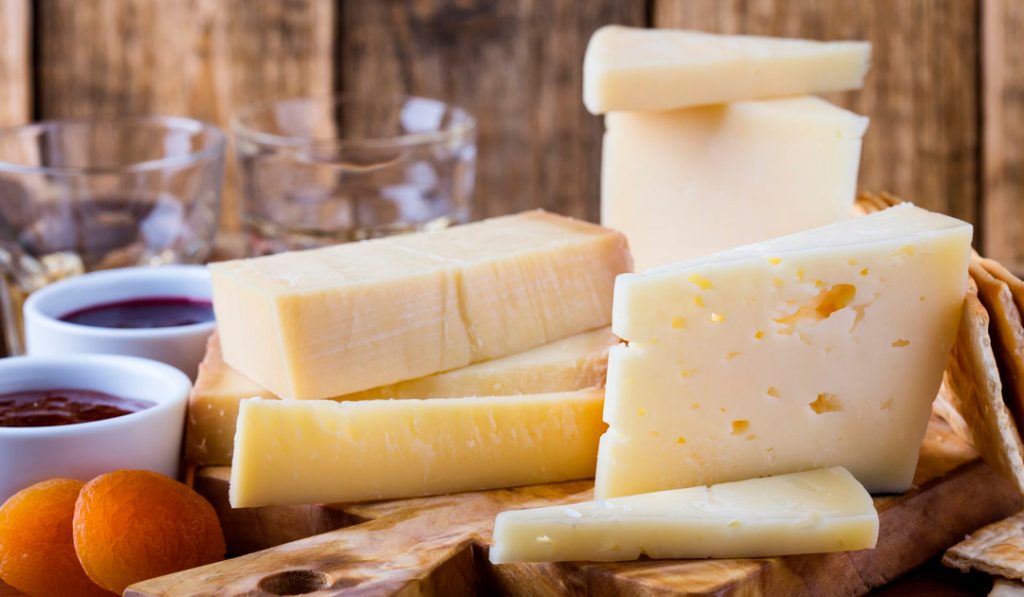
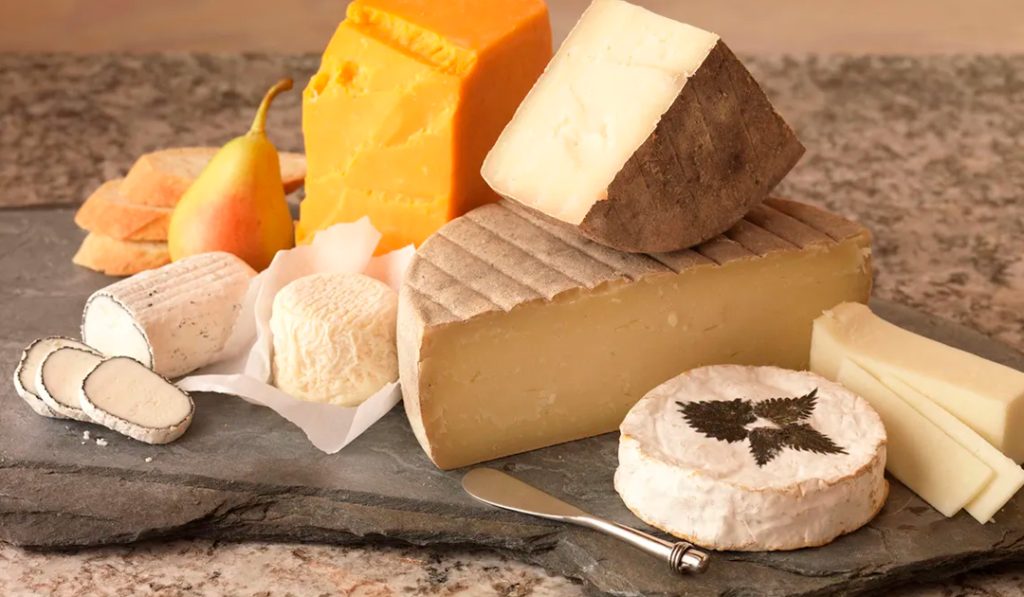
Today, the cheese line includes more than 2,500 types. For example, in Switzerland, which is famous for its mesmerizing alpine scenery and luxury branded watches, about 2,400 varieties of cheese are produced. According to some statistics, world production of cheese exceeds the volume of processing of raw materials for the manufacture of tea, coffee, cocoa, and tobacco products combined. As for the general classification, cheeses are divided into hard, soft, brined, and processed. And in fact, for the manufacture of all varieties of cheese, a special enzyme is required. Until the beginning of the 20th century, rennet was obtained from the stomachs of calves, but fortunately, with the development of genetic engineering, it was possible to establish the production of this enzyme in a different, much more humane way, which made it possible for vegetarians to enjoy cheese without fear.
INCREDIBLE PROPERTIES OF CHEESE
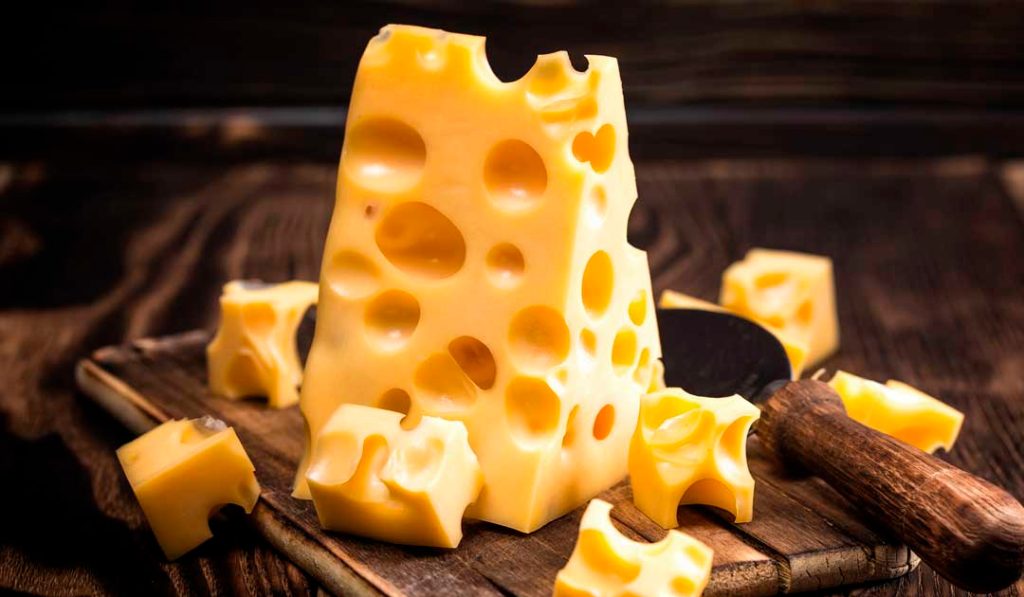
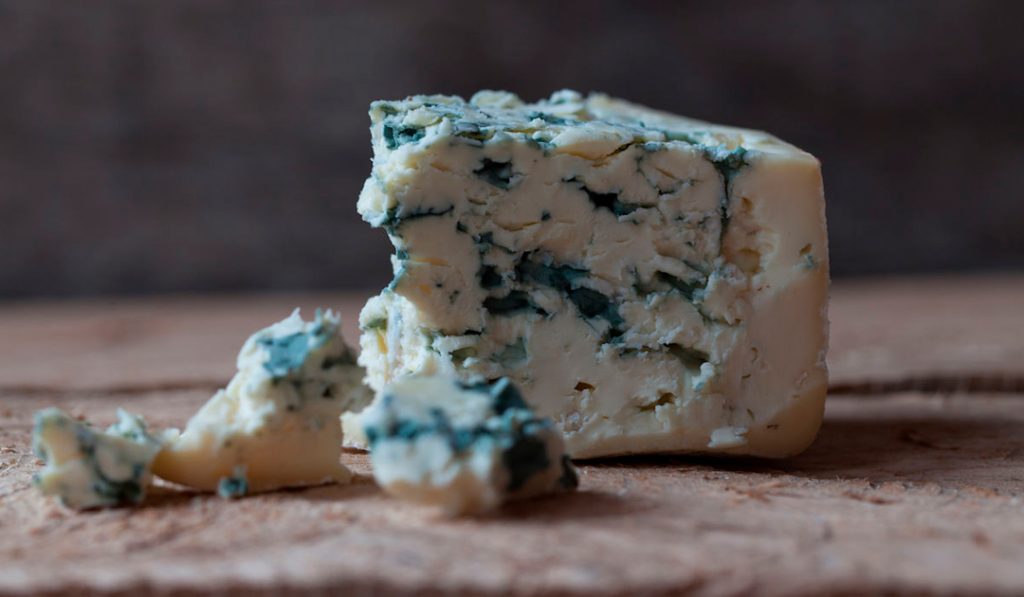
Cheese is a unique natural product, which is famous for its many positive properties that have a beneficial effect on the body. It is a well-known fact that cheese is rich in proteins and fats and contains almost all vitamins. The content of calcium and phosphorus, as well as other useful substances that are rich in milk, is successfully balanced in cheese, while the human body absorbs protein from cheese much more easily than from milk. But the most unique thing is, of course, that the valuable substances contained in cheese are absorbed by the body almost completely! It has been scientifically confirmed that Roquefort blue mold cheese has a unique feature to strengthen the cardiovascular system and prevent the occurrence of atherosclerotic plaques on the walls of blood vessels. Blue cheeses have anti-inflammatory properties since they contain edible mold of the Penicillium genus.
SOME MORE FACTS ABOUT AMAZING CHEESE
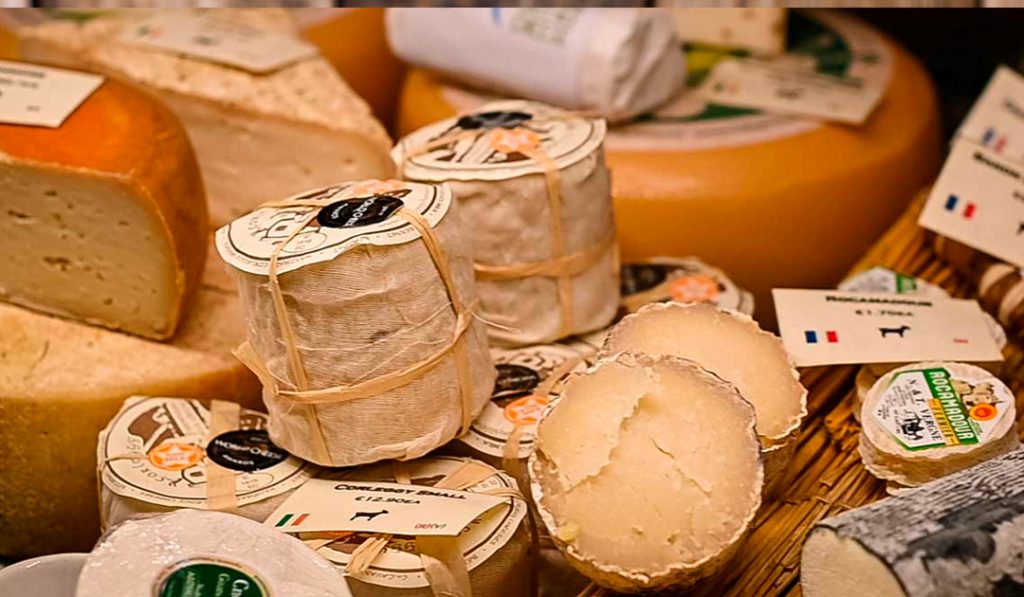

- Eating cheese helps you lose weight
This happens due to the content of fatty acids in the chemical formula of cheese. Eating cheese regularly helps maintain beneficial microflora in the intestines. As a result, fat is maintained in the body at the right level, which prevents obesity. If you want to lose weight, you should pay attention to such varieties of cheese as Ricotta, Parmesan, and Mozzarella.
- A Small Serving of Cheese Stimulates Digestion
The amazing taste and smell of good cheese stimulate the appetite, which increases the production of gastric juice. And this, in turn, has a positive effect on the work of the entire digestive system.
- Cheese Helps You Fall Asleep Quickly
If you eat a piece of cheese 40 minutes before you are going to bed, then you will fall asleep faster, and your sleep will be calm and strong. Why is this happening? The amino acid tryptophan in the composition of cheese calms the nervous system and lowers the level of anxiety. So you relax faster and you yourself will not notice how you fall asleep.
- Cheese Prevents Cavities
The use of hard varieties of cheese stabilizes the acid-base balance in the oral cavity. Healthy microflora in the mouth provides reliable protection of tooth enamel and prevents the development of caries. The best, in this case, are Cheddar and Mozzarella.
And here is one more fact in conclusion: regular eating of cheese contributes to the formation of a state of happiness, which is due to the content of the milk protein “casein” in the composition of cheese. In the course of chemical reactions during the digestion of food, casein is converted into the protein casomorphin, which in its characteristics can be compared with morphine. Casomorphin promotes the release of serotonin into the blood. And the latter, as you know, is the hormone of happiness. Therefore, eat cheese for health and happiness!

